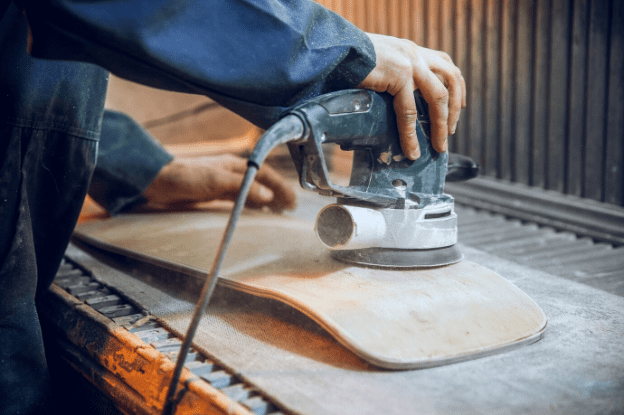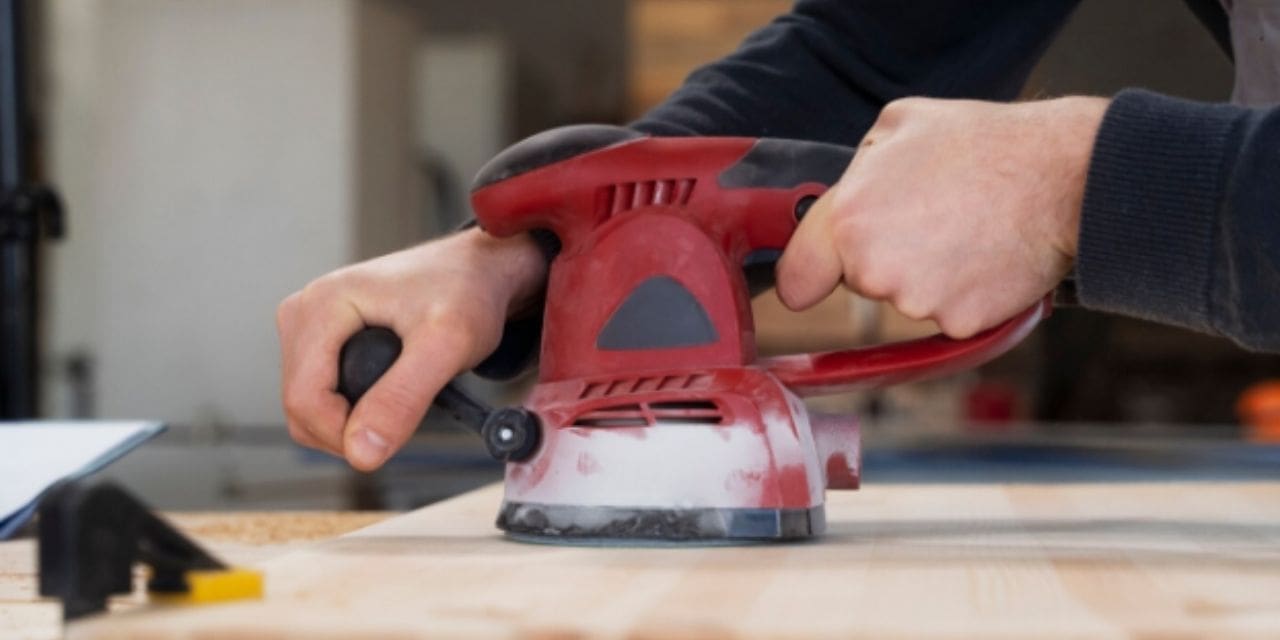DIY projects are growing in popularity as they are enjoyable to complete, save money, teach new skills, and allow you for customization.
However, when starting any DIY project, you should be aware of the various challenges, such as the shortage of tools or the cost of assembling all of the necessary tools.
To overcome these challenges, instead of purchasing various equipment, you must invest in tools, such as oscillating tools, that provide you with multiple benefits
Oscillating tools are great for all your DIY projects because of their versatility, multipurpose benefits, and several attachment tools, which allow you to do various tasks, such as grouting, cutting, sanding, grinding, and scraping.
Do you want to know more ways to use your oscillating tools? Keep reading.
This article lists five ways to use the oscillating tools for your next DIY projects.
1. Cutting Through Various Materials
Among the primary applications of an oscillating tool, one of the most common is making a cut on diverse types of materials. The tool is usually used for cutting wood, plastic, dry walls, and even metals, which makes it possible to perform cutting tasks in tight areas.
Wood Cutting
Do you have to saw wooden boards into a desired size or make exact cuts on furniture?
The oscillating tool can produce smooth or plunge cuts on the wood, which could prove ideal in hard-to-reach areas where other saws cannot fit. For instance, if you are putting on hardwood flooring, an oscillating tool, such as the Dewalt oscillating tool, can shape the bottoms of door frames to accommodate your flooring perfectly.
Metal Cutting
When equipped with the right blade, oscillating tools can also help to make cuts in metal pipes, nails, and screws. This is especially useful when you’re working on a renovation project and desire to remove fixtures or hardware that has either rusted or has been installed tightly.
Drywall Cutting
An oscillating tool is ideal when it comes to drywall work since it can easily and quickly make precise cuts for outlet boxes, switches, or vents, among others. The good thing about it is that you will hardly make rough or even jagged cuts due to the sharpness of the tool.
2. Sanding Small or Intricate Areas

Sanding is one of those repetitive procedures that can consume a lot of time, particularly when it comes to an area that is not very large or has many angles.
Oscillating tools make this easier and offer a more precise method than a traditional sander. They are ideal to use in areas that normal-sized sanders cannot easily reach, such as corners or edges of furniture.
For instance, if you are carving a piece of furniture or a wooden table, an oscillating tool will help you with sand curves, angles, or even grooves that need to be smoothened before painting and staining. This comes in handy, especially when refinishing old furniture where the intricacies must be well-conserved.
3. Grout Removal in Tile Projects
Grout removal is one of the jobs that may take a very long time to complete if you do not have the necessary equipment.
Thankfully, oscillating tools can make it much simpler.
Whether you are putting new tiles in your bathroom or kitchen or have simply decided to redo the grout lines, an oscillating tool with a carbide grout removal blade could help make your job easy.
That said, grout lines can be very narrow and using a manual grout saw can be tedious and may cause the hand to get sore. With an oscillating tool, you can make precise and effective cuts to shave off the grout without affecting the surrounding tiles. This is especially helpful should you want to replace only the grout while leaving the tiles as they are.
4. Scraping Away Old Paint, Caulk, or Adhesive
Scraping may not be an easy process if it is to be done manually, as this may be a back-breaking process. But using an oscillating tool will make the job even faster and spare you a lot of work.
Scraper attachments can efficiently strip paint, caulk, adhesive, and, in fact, linoleum flooring much faster than manual scraper tools.
For example, when planning on renovating a bathroom or a kitchen, one of the things that you probably must do is scrap off the old, hardened caulk. Using an oscillating tool with a scraper blade, you can remove the old caulk much faster without harming the surrounding surfaces. This is especially helpful when applying a new caulk layer around bathtubs, sinks, or windows.
5. Trimming and Shaping Baseboards and Molding

Carpentry work, such as putting up baseboards, molding, and trims, can also be complicated when trimming around corners or doors, for instance. Such jobs are well suited to oscillating tools because they can make accurate, flat cuts without damaging the edge of the material.
When one fits new flooring, it is common to cut the lower parts of door jambs and baseboards for smooth matching. An oscillating tool can provide flush cuts, which enable new flooring to be installed under the jam for a more professional look.
Conclusion
An oscillating tool is one of the handiest tools you could ever have in your DIY toolbox.
Regardless of whether you’re sawing, sizing, planning, or scraping, this device will fit a range of assignments with the utmost accuracy. By choosing a fine oscillating tool together with appropriate blades, you will be able to complete all styles of household improvement tasks, whether simple or complicated.

